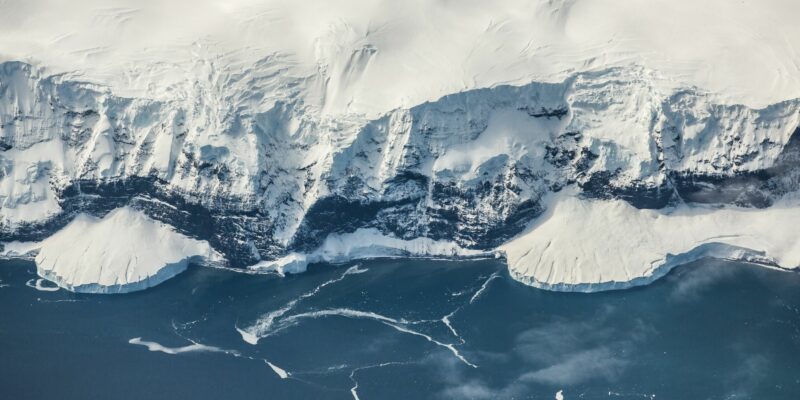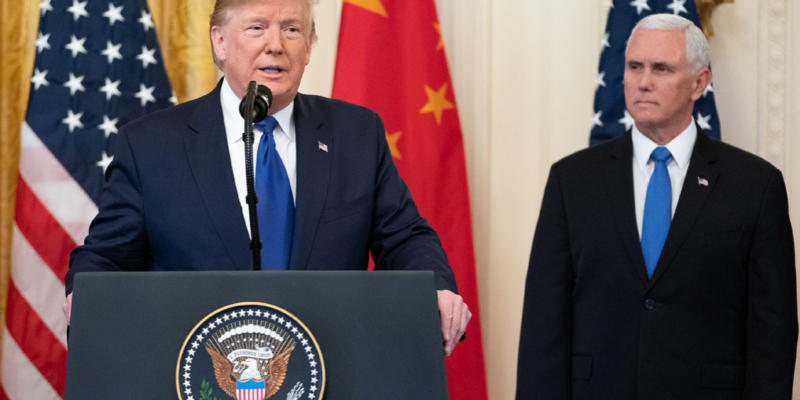Comment
Insights and expert analysis on climate issues.
Share

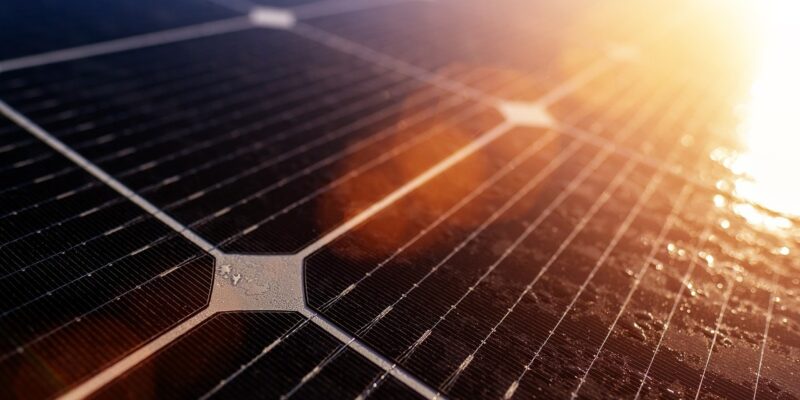
Declining cost of renewables and best practices can enable nations to expand their NDC ambitions
Bill Hare
In an analysis prepared for the NDC Partnership our experts looked into the recent developments in terms of NDCs submission and renewables deployment. They also outlined a number of instruments that can be utilised to decrease the gap between current emissions trends and the Paris Agreement compatible emissions pathways.
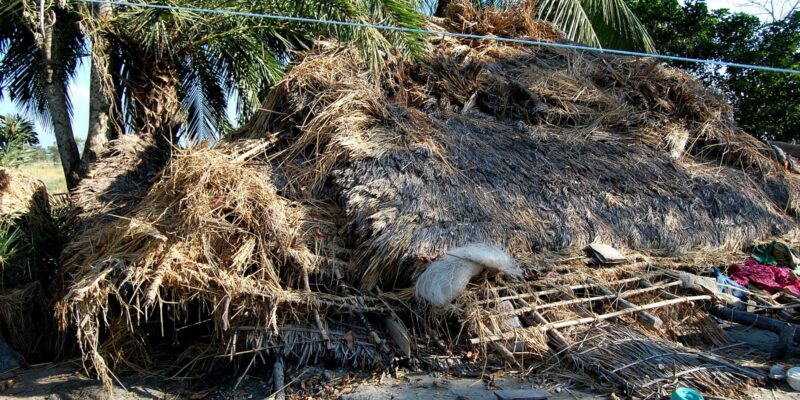
“It’s complicated” – loss and damage in the IPCC Sixth Assessment Report
Dr Olivia Serdeczny
The draft outline of the IPCC Sixth Assessment Report doesn’t contain an explicit reference to loss and damage but will deal with “residual risks”, “adaptation limits” and “attribution.” Should this outline be adopted at the next IPCC plenary, it would be a missed opportunity to bring the entire spectrum of loss and damage available in the scientific literature into focus and support vulnerable countries in preparing do deal with it.
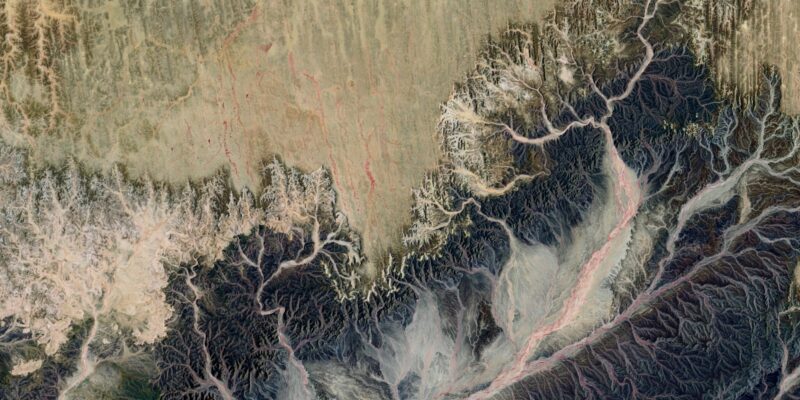
Reports of breaching 1.5°C warming soon are exaggerated
Bill Hare, Prof Dr Michiel Schaeffer, Dr Carl-Friedrich Schleussner
